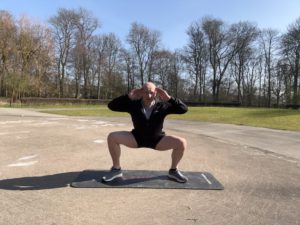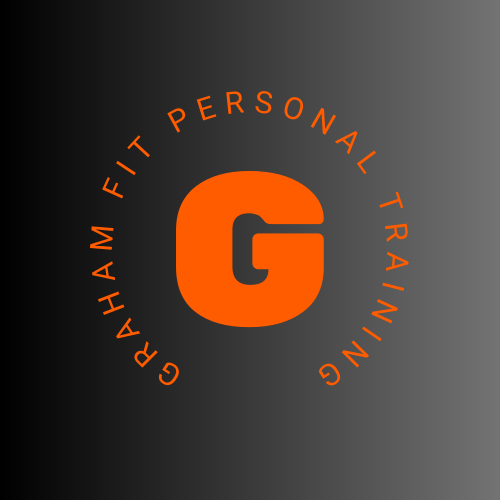
There are an array of treatments, therapies and gadgets out there claiming to fix low back pain. The truth of the matter is, in order to achieve long term success of reducing the pain we have to look at the cause. Logic has to be applied to fix what needs to be fixed. Treat the cause of low back pain. Not the symptom.
Low back pain is categorised into three areas by the national health service and the WHO (world health organisation). The majority of low back pain falls into the largest category of around 90 – 95% of cases. This category is known as non-specific because no medical diagnosis can be provided. This means it is not a medical issue and exercise prescription is therefore the order of the day.
The remaining two categories of low back pain are nerve root such as sciatic problems, whilst the remaining category is more rare than true sciatica, and known as specific spinal pathology. This area involves more serious issues including tumours or fractures for example.
Why is low back pain a leading cause of disability?
Considering that low back pain is a leading cause of disability and ranked as second to mental health is alarming. That is across the world. Not just in the UK. Why is back pain a leading cause of disability? The situation is two fold. The cause and not addressing the cause. Lifestyle plays a huge role by way of daily habits, lack of physical activity, sustained or awkward repetitive actions over the day such as prolonged sitting. There are multiple causes that ultimately lead to the common traits that most low back pain sufferers display.
Movement inefficiency, poor functional movement, muscle imbalances and poor body mobility as well as overall weak muscular strength and stability are all common traits of a low back pain sufferer. These problems usually culminate over time and need direct intervention to start putting things right.
Most efforts to address low back pain fail because the point is being missed. Passive treatments, lying on a massage table, laser treatments and all manner of spinal manipulations do little to fix back pain. Why? The cause of back pain is not being focused on. The situation is also being overcomplicated.
Treat the cause of low back pain.
Although a temporary feel good factor may be evident after passive treatments, this does not address the cause. A sufferer will likely be endlessly visiting a practitioner on a regular basis year in and year out. Having a go to “family practitioner” for low back pain is not healthy and clearly not fixing the cause. Alarm bells should be ringing.
The common traits that low back pain presents such as poor functional ability, muscular imbalances and low levels of mobility (mobility refers to a joint and range of motion or ROM), there is only one approach. To provide what is lacking in order to reduce pain. By treating the cause of back pain we reduce the symptoms.
Most individuals suffering with back issues leave a medical consultation room without a diagnosis. This dictates that specific exercise activity is the key and therefore exercise prescription is the order of the day. Improve functional ability, increase range of motion, build mid section strength and stability and overall bodily strength.
What type of exercise is used and will it cure me?
A common mistake with exercise for backs is to just focus on the area it hurts or have the main focus on the “core” or midsection. In reality we take a full body approach. Functional exercises form a large part of a training habit such as squats, lunges, pressing etc. The body needs to re-learn movement patterns that it has forgot. Movement improvement is key.
The spine itself is a load bearing structure, and when there is a weak musculature around the spine, the spine has harder time of things. The spinal load is increased. By counteracting this and building stronger muscles this provides the much needed spinal stability to support the vertebrae.
Functional movement overall improves physical ability and as well as implementing various components of fitness training such a mobility and flexibility, and muscles can be rebalanced. It is common to have overactive and under active muscles which can be contributive of discomfort. Cardio activity also plays a role towards the benefits of general health and should not be omitted in most cases.
Begin with a foundation.
A structured physical activity habit is the recognised and established pathway to fixing low back pain. This begins with an assessment which establishes your starting point or foundation. Only then can progress be accurately measured. We look at your individual circumstances for developing a programme.
The squat exercise (see image), is a good indicator of back pain issues and assists in knowing areas that need work. This is because most back pain sufferers have difficulty in performing a squat properly. Once a foundation is made to work from, then pain reduction and better overall physical ability is seen within a short space of time. Ultimately the key is creating healthier habits by way of structured exercise.
